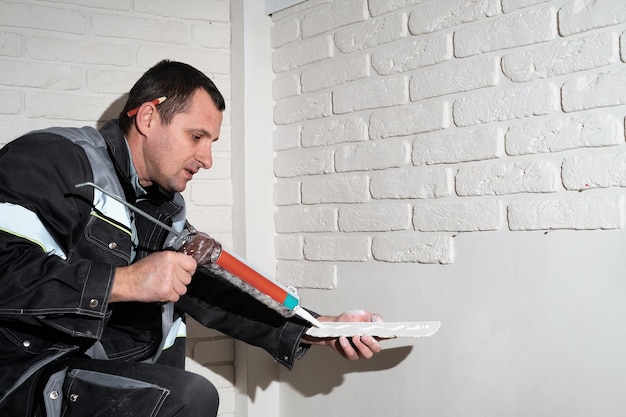
Enhancing Infrastructure with Chemical Injection Soil Stabilization
In the ever-evolving field of construction and civil engineering, ensuring the stability and longevity of infrastructure is paramount. One innovative method that has gained traction is chemical injection soil stabilization. This technique involves the injection of chemical agents into the soil to enhance its properties, thereby increasing the structural integrity of buildings, roads, and other infrastructure. This method not only provides a robust solution for weak or unstable soils but also offers environmental and economic benefits. As infrastructure demands continue to rise, understanding the intricacies of chemical injection soil stabilization becomes essential for engineers, builders, and developers.
Understanding Chemical Injection Soil Stabilization
Chemical injection soil stabilization involves the introduction of chemical agents into the soil to alter and improve its physical properties. This process is particularly beneficial in areas with soft, loose, or problematic soil conditions. By enhancing soil characteristics, this method can effectively support the weight of structures and prevent issues such as settling or shifting.
Key Benefits
- Increased Load-Bearing Capacity: Chemical treatment enhances the soil's ability to support heavy loads, making it ideal for constructing large buildings and infrastructure. Read more about this topic.
- Improved Soil Stability: By chemically altering the soil's structure, this technique reduces the risk of soil erosion and movement.
- Environmental Considerations: This method often utilizes eco-friendly chemicals that minimize environmental impact while providing long-lasting results.
- Cost-Effectiveness: Compared to traditional methods such as excavation and replacement, chemical injection offers a more economical solution. Learn more in this detailed guide.
Applications in Infrastructure
The applications of chemical injection soil stabilization are diverse, spanning various types of infrastructure development. Here are some key applications where this technique proves invaluable:
Roads and Highways
For the construction and maintenance of roads and highways, stable soil is crucial. Chemical injection can be employed to strengthen the subgrade, ensuring longevity and reducing maintenance costs. This method is particularly useful in regions with high traffic volumes or challenging soil conditions. Explore further insights here.
Building Foundations
Foundations are the bedrock of any building. Weak or unstable soils can compromise the entire structure. By using chemical injection, builders can ensure a firm foundation, reducing the risk of settlement and structural damage. This technique is especially beneficial for high-rise buildings and structures with significant load demands.
Process of Chemical Injection
The chemical injection process is meticulously planned and executed to ensure optimal results. Here's a step-by-step breakdown of the typical procedure:
- Site Assessment: A thorough evaluation of the site is conducted to determine soil conditions and identify the best chemical agents for stabilization.
- Injection Plan: Engineers develop a detailed plan outlining the injection points, depth, and chemical quantities required.
- Injection: Specialized equipment is used to inject the chemicals into the soil at predetermined locations and depths.
- Curing: After injection, the chemicals react with the soil, initiating a curing process that enhances soil properties.
- Quality Assurance: Post-treatment testing is conducted to ensure the soil meets the desired stability and load-bearing standards. Find additional information here.
Challenges and Considerations
While chemical injection soil stabilization offers numerous benefits, it also presents certain challenges and considerations:
- Soil Variability: Different soil types react differently to chemical agents, necessitating detailed analysis and customization of treatment plans.
- Environmental Regulations: Compliance with environmental regulations is crucial, especially when selecting chemical agents for injection.
- Cost Management: While generally cost-effective, the initial investment can be significant, requiring careful budget planning and analysis.
In conclusion, chemical injection soil stabilization is a powerful technique that addresses the challenges of weak or unstable soils in infrastructure projects. By enhancing soil properties, this method ensures the longevity and safety of structures, paving the way for more innovative and sustainable construction practices. As the demand for durable infrastructure grows, the role of chemical injection in soil stabilization will undoubtedly become more prominent, offering a reliable solution for the construction challenges of tomorrow.